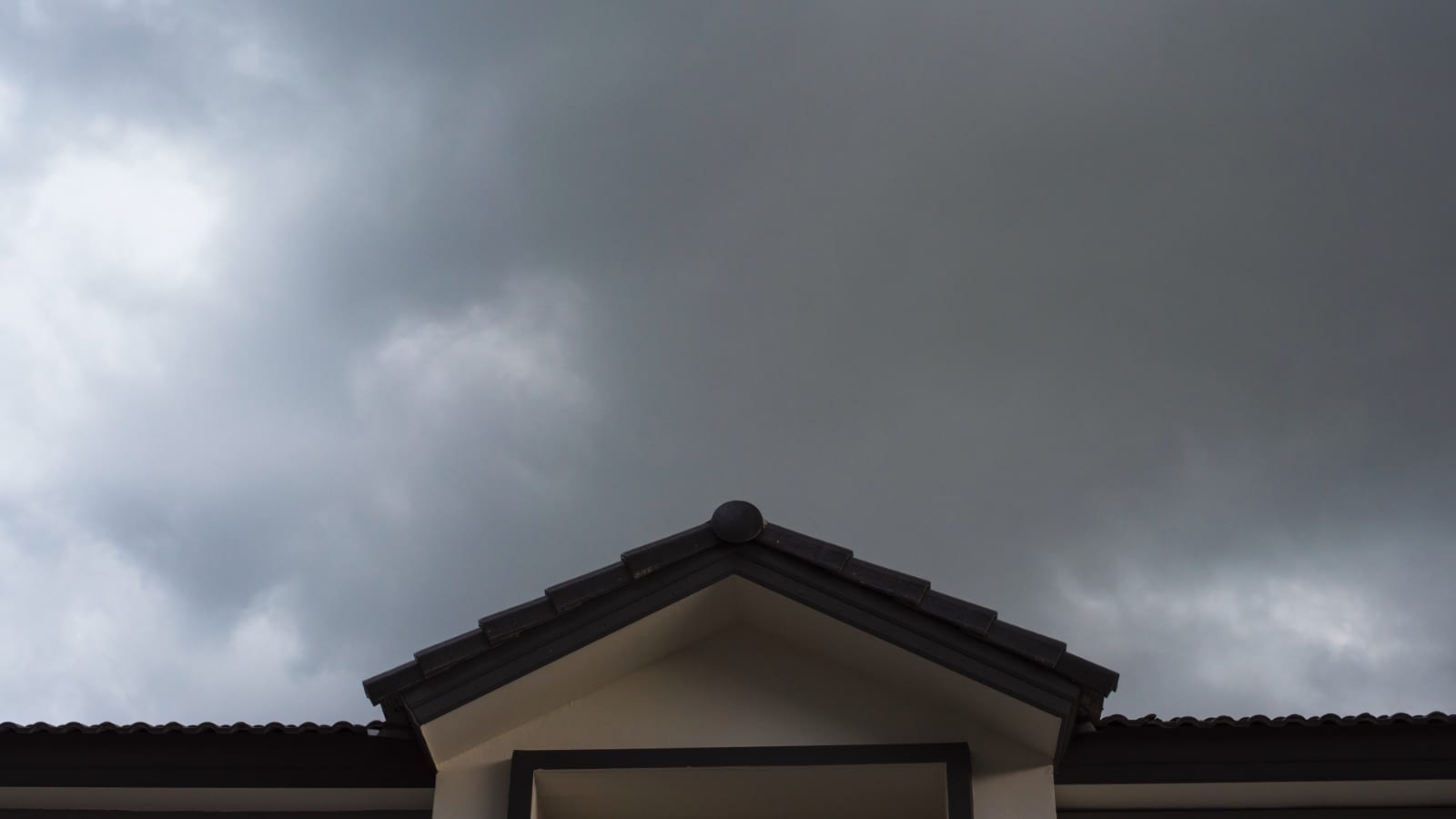 During the winter months, the weather can get pretty grim. Freezing icy conditions, blizzards, torrential rain, and wind events can test any structure, including your home. The best policy is to be prepared for the worst and hope for the best. Here are some ways you can protect your home from the damage of winter storms this year.
During the winter months, the weather can get pretty grim. Freezing icy conditions, blizzards, torrential rain, and wind events can test any structure, including your home. The best policy is to be prepared for the worst and hope for the best. Here are some ways you can protect your home from the damage of winter storms this year.
Indoor Checks and Safety Measures
Heating System
No one wants to be stranded at home with no heat during a storm. Before the heavy cold sets in, check that all the parts of your system, including filters, wood heating systems, boilers, furnaces, and pipes, are in good condition. Keep your heating at 65 degrees, even when out of the house, to help protect against frozen pipes.Pipe Insulation
Not all pipes are within the walls. Check the attic or basement for any exposed pipes and get them insulated. If you want to do it yourself, you can find pre-slit foam pipe insulators online or at your local home improvement store. Just read up on how to apply them so you don’t leave gaps.Water Main
When was the last time you located your water main? If you can’t remember, it’s been too long. Ensure you know its location and how to turn it on and off. If you have any trouble with frozen or burst pipes during the winter, you can stop the main flow of H2O to prevent your emergency from becoming a disaster.Faucet Control
Moving water is less likely to freeze than standing water. When the temperature plunges, turn your hot and cold faucets to have a slow, steady drip, particularly those furthest from the water supply, to reduce the risk of frozen pipes in cold weather.Emergency Supplies
If you are snowed in and can’t go out. Make sure your safety reserves and emergency kit are well stocked. Essential things you need include:- Water
- Non-perishable food
- First-aid kit
- Warm blankets and clothes
- Flashlights
- Cell phone charger backups